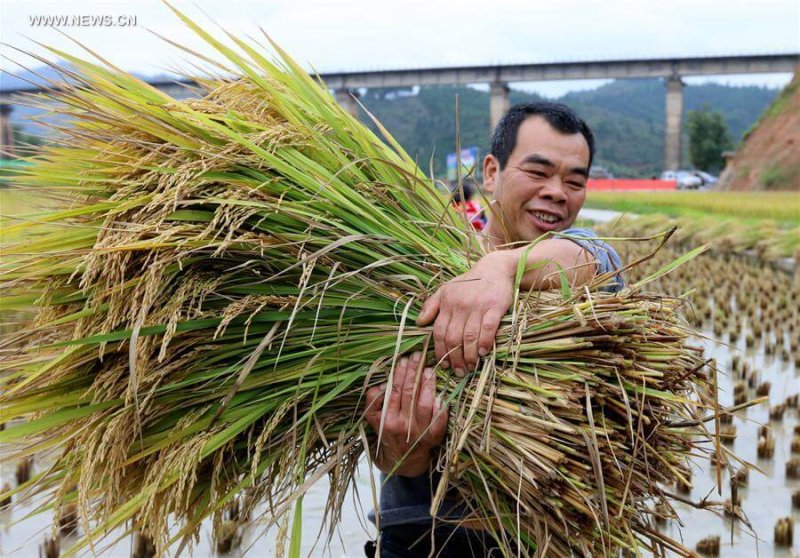Just as grass lawns regrow after they are mowed, rice fields can regrow after they are harvested. This second harvest – known as a ratoon crop – has traditionally yielded only a small fraction of the first harvest. But farmers in China are now benefitting from laboratory and field studies …. that used nuclear techniques to determine the best rice varieties and the best fertilizer regimes for increasing second harvest yields, often resulting in second harvests as large as the first – meaning the farmers who ratoon correctly are doubling their yields – and their income.
…
[Scientists] began working on improving the outcome of rice ratooning – also called “stubble cropping” – in China’s Fujian Province in 2012. This included studying fertilizer and water management practices for Jiafuzhan, an early maturing rice variety developed by Chinese plant mutation breeders.…
In addition to working with China’s mutation breeders to develop and promote climate-resilient early-yield varieties, [researchers] used nitrogen-15 stable isotope tracing to determine the optimum application rate for nitrogen fertilizers.
…
[F]armers who adopted the combination of improved varieties and fertilizer management saw yields almost double from 6.7 to 12.3 tonnes per hectare …. Once the results were known, other farmers were eager to adopt the improved varieties and fertilizer management practices, and now ratooning is underway on 42 000 ha.Read full, original article: Rice Fields in China Double Yields by “Ratooning”































